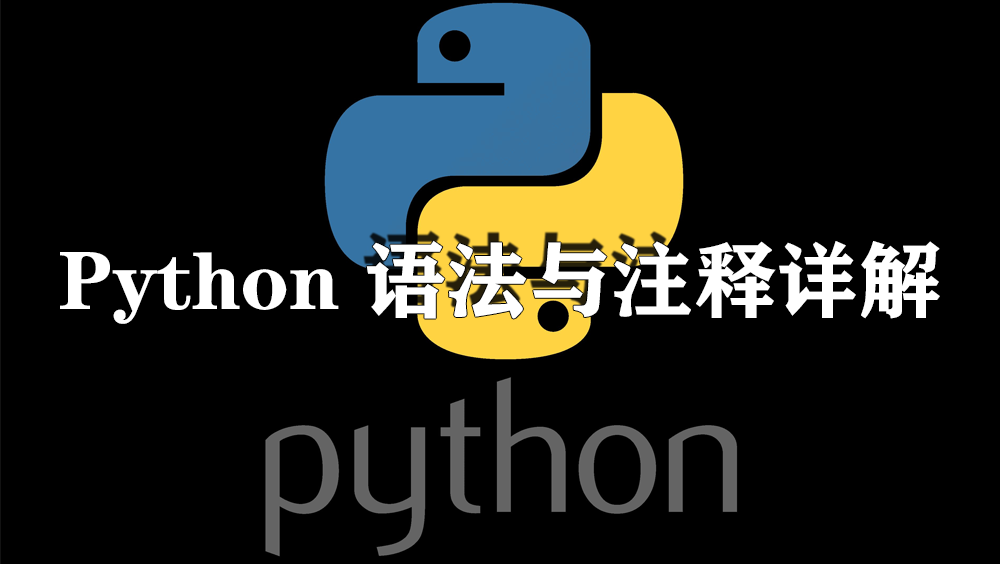Python 语法与注释详解
Python 语法基础
Python 执行方式
Python 代码可以通过两种主要方式执行:
1. 命令行交互式执行
python
>>> print("hello world")
hello world
>>>2. 文件执行
创建扩展名为 .py 的文件,然后在命令行中运行:
bash
[root@www ~]# python3 test.py hello world
Python 缩进规则
缩进指的是代码行开头的空格。与其他编程语言不同,Python 中的缩进不仅影响代码可读性,更是语法的重要组成部分。
正确示例:
python
if 5 > 2:print("Five is greater than two!")错误示例:
python
if 5 > 2:
print("Five is greater than two!") # 缺少缩进,会导致错误缩进规则:
空格数量由程序员决定,但至少需要一个空格
同一代码块内必须保持相同的缩进量
不同缩进方式都是有效的:
python
if 5 > 2:print("Five is greater than two!") if 5 > 2:print("Five is greater than two!")错误示例(不一致的缩进):
python
if 5 > 2:print("Five is greater than two!")print("Five is greater than two!") # 缩进不一致,会导致错误Python 变量
在 Python 中,变量在赋值时自动创建:
python
x = 5 y = "Hello, World!"
Python 没有专门的变量声明命令,变量类型在赋值时自动确定。
Python 注释详解
注释是代码中的重要组成部分,用于文档说明、代码解释和调试。
单行注释
注释以 # 开头,Python 会忽略 # 后面的所有内容:
基本用法:
python
# 这是一个注释
print("Hello, World!")行末注释:
python
print("Hello, World!") # 这是一个注释禁用代码执行:
python
# print("Hello, World!")
print("Cheers, Mate!")多行注释
Python 没有专门的多行注释语法,但可以通过以下方式实现:
方法一:每行使用 #
python
# 这是一个注释
# 写在多行中
# 每行都需要井号
print("Hello, World!")方法二:使用多行字符串
python
"""
这是一个注释
写在多行中
使用三引号
"""
print("Hello, World!")python
'''
这也是一个多行注释
使用单引号三引号
'''
print("Hello, World!")注意: 只要多行字符串没有被赋值给变量,Python 就会读取但忽略这些内容,从而实现多行注释的效果。
注释的最佳实践
代码解释: 用注释说明复杂的算法或逻辑
文档说明: 为函数、类和方法添加文档字符串
调试助手: 临时禁用代码段进行测试
可读性: 使代码更易于理解和维护
注释是编写高质量 Python 代码的重要工具,合理使用注释可以显著提高代码的可维护性和可读性。

